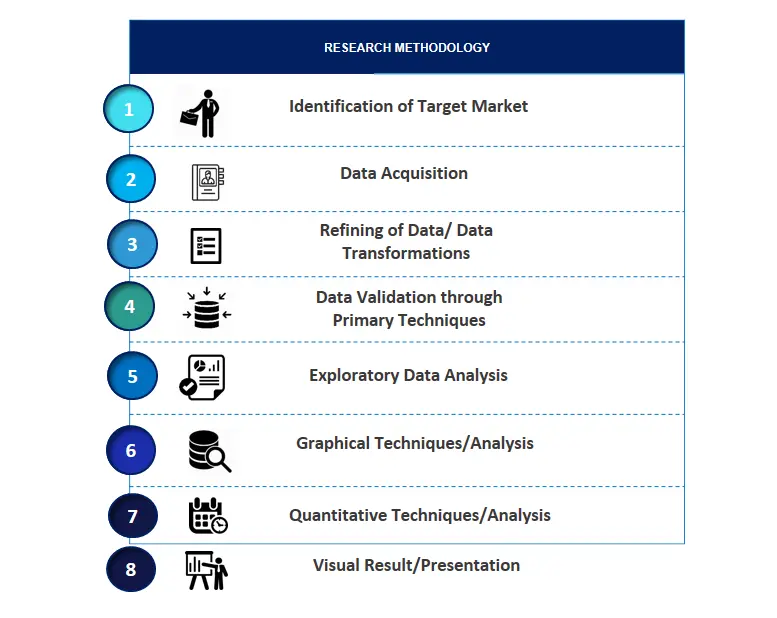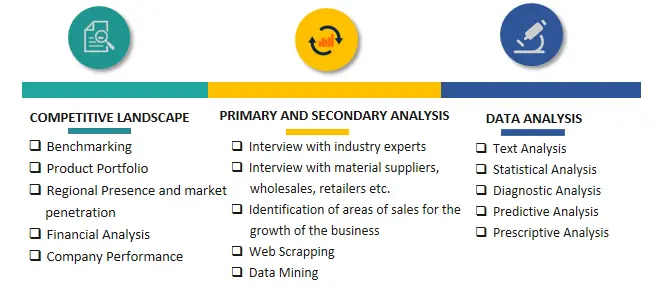
Healthcare Digital Twins Market Growth, Trends, Size, Revenue, Demand and Future Outlook
Healthcare Digital Twins Market Trends, Growth, Size- By Component, By Application, By End User - Regional Outlook, Competitive Strategies and Segment Forecast to 2034
| Published: Jan-2025 | Report ID: HLCA2528 | Pages: 1 - 246 | Formats*: |
| Category : Healthcare | |||

- May 2024: Ontrak Inc, a leading healthcare firm that uses AI and advanced technology, has announced the release of its Mental Health Digital Twin (MHDT) technology. This cutting-edge advancement in mental health care delivery efficiently blends human compassion with data-driven insights to provide tailored, accurate, and efficient help to persons experiencing mental health challenges.
- February 2024: Unlearn, an AI enterprise, raised $50 million in a Series C funding round headed by Altimeter Capital to improve clinical research using digital twin technologies. The company intended to use the funds to advance its goal of using AI to reduce trial and error in healthcare.

| Report Metric | Details |
| Market size available for years | 2021-2034 |
| Base year considered | 2024 |
| Forecast period | 2025-2034 |
| Segments covered | By Component, By Application, By End User. |
| Regions covered | North America, Asia-Pacific, Latin America, Middle East & Africa and Europe. |
| Companies Covered | Atos, Dassault Systèmes (3DS System), Faststream Technologies, Microsoft, Philips Healthcare, PrediSurge, QiO Technologies, ThoughtWire, Twin Health, Unlearn AI, Verto Healthcare. |
- Global Healthcare Digital Twins Market Size (FY’2021-FY’2034)
- Overview of Global Healthcare Digital Twins Market
- Segmentation of Global Healthcare Digital Twins Market By Component (Software, Services)
- Segmentation of Global Healthcare Digital Twins Market By Application (Personalized Medicine, Healthcare workflow optimization & Asset Management, Medical Device Design and Testing, Drug Discovery & development, Surgical planning and medical education)
- Segmentation of Global Healthcare Digital Twins Market By End User (Providers, Pharma & Bio Pharma Companies, Medical Device Companies, Research & Academia)
- Statistical Snap of Global Healthcare Digital Twins Market
- Expansion Analysis of Global Healthcare Digital Twins Market
- Problems and Obstacles in Global Healthcare Digital Twins Market
- Competitive Landscape in the Global Healthcare Digital Twins Market
- Details on Current Investment in Global Healthcare Digital Twins Market
- Competitive Analysis of Global Healthcare Digital Twins Market
- Prominent Players in the Global Healthcare Digital Twins Market
- SWOT Analysis of Global Healthcare Digital Twins Market
- Global Healthcare Digital Twins Market Future Outlook and Projections (FY’2025-FY’2034)
- Recommendations from Analyst
1.1. Scope of the report1.2. Market segment analysis
2.1. Research data source
2.1.1. Secondary Data2.1.2. Primary Data2.1.3. SPERs internal database2.1.4. Premium insight from KOLs
2.2. Market size estimation
2.2.1. Top-down and Bottom-up approach
2.3. Data triangulation
4.1. Driver, Restraint, Opportunity and Challenges analysis
4.1.1. Drivers4.1.2. Restraints4.1.3. Opportunities4.1.4. Challenges
5.1. SWOT Analysis
5.1.1. Strengths5.1.2. Weaknesses5.1.3. Opportunities5.1.4. Threats
5.2. PESTEL Analysis
5.2.1. Political Landscape5.2.2. Economic Landscape5.2.3. Social Landscape5.2.4. Technological Landscape5.2.5. Environmental Landscape5.2.6. Legal Landscape
5.3. PORTERs Five Forces
5.3.1. Bargaining power of suppliers5.3.2. Bargaining power of buyers5.3.3. Threat of Substitute5.3.4. Threat of new entrant5.3.5. Competitive rivalry
5.4. Heat Map Analysis
6.1. Global Healthcare Digital Twins Market Manufacturing Base Distribution, Sales Area, Product Type6.2. Mergers & Acquisitions, Partnerships, Product Launch, and Collaboration in Global Healthcare Digital Twins Market
7.1. Software7.2. Services
8.1. Personalized Medicine8.2. Healthcare workflow optimization & Asset Management8.3. Medical Device Design and Testing8.4. Drug Discovery & Development8.5. Surgical Planning and medical education
9.1. Pharma & Bio Pharma Companies9.2. Providers9.3. Medical Device Companies9.4. Research & Academia
10.1. Global Healthcare Digital Twins Market Size and Market Share
11.1. Asia-Pacific
11.1.1. Australia11.1.2. China11.1.3. India11.1.4. Japan11.1.5. South Korea11.1.6. Rest of Asia-Pacific
11.2. Europe
11.2.1. France11.2.2. Germany11.2.3. Italy11.2.4. Spain11.2.5. United Kingdom11.2.6. Rest of Europe
11.3. Middle East and Africa
11.3.1. Kingdom of Saudi Arabia11.3.2. United Arab Emirates11.3.3. Qatar11.3.4. South Africa11.3.5. Egypt11.3.6. Morocco11.3.7. Nigeria11.3.8. Rest of Middle-East and Africa
11.4. North America
11.4.1. Canada11.4.2. Mexico11.4.3. United States
11.5. Latin America
11.5.1. Argentina11.5.2. Brazil11.5.3. Rest of Latin America
12.1. Atos
12.1.1. Company details12.1.2. Financial outlook12.1.3. Product summary12.1.4. Recent developments
12.2. Dassault Systèmes (3DS System)
12.2.1. Company details12.2.2. Financial outlook12.2.3. Product summary12.2.4. Recent developments
12.3. Faststream Technologies
12.3.1. Company details12.3.2. Financial outlook12.3.3. Product summary12.3.4. Recent developments
12.4. Microsoft
12.4.1. Company details12.4.2. Financial outlook12.4.3. Product summary12.4.4. Recent developments
12.5. Philips Healthcare
12.5.1. Company details12.5.2. Financial outlook12.5.3. Product summary12.5.4. Recent developments
12.6. PrediSurge
12.6.1. Company details12.6.2. Financial outlook12.6.3. Product summary12.6.4. Recent developments
12.7. QiO Technologies
12.7.1. Company details12.7.2. Financial outlook12.7.3. Product summary12.7.4. Recent developments
12.8. ThoughtWire
12.8.1. Company details12.8.2. Financial outlook12.8.3. Product summary12.8.4. Recent developments
12.9. Twin Health
12.9.1. Company details12.9.2. Financial outlook12.9.3. Product summary12.9.4. Recent developments
12.10. Unlearn AI
12.10.1. Company details12.10.2. Financial outlook12.10.3. Product summary12.10.4. Recent developments
12.11. Verto Healthcare
12.11.1. Company details12.11.2. Financial outlook12.11.3. Product summary12.11.4. Recent developments
12.12. Others
SPER Market Research’s methodology uses great emphasis on primary research to ensure that the market intelligence insights are up to date, reliable and accurate. Primary interviews are done with players involved in each phase of a supply chain to analyze the market forecasting. The secondary research method is used to help you fully understand how the future markets and the spending patterns look likes.
The report is based on in-depth qualitative and quantitative analysis of the Product Market. The quantitative analysis involves the application of various projection and sampling techniques. The qualitative analysis involves primary interviews, surveys, and vendor briefings. The data gathered as a result of these processes are validated through experts opinion. Our research methodology entails an ideal mixture of primary and secondary initiatives.



Frequently Asked Questions About This Report
PLACE AN ORDER
Year End Discount
Sample Report
Pre-Purchase Inquiry
NEED CUSTOMIZATION?
Request CustomizationCALL OR EMAIL US
100% Secure Payment






Related Reports
Our Global Clients
Our data-driven insights have influenced the strategy of 200+ reputed companies across the globe.






















